Sangju Museum (상주박물관)
0m 16049 2022-12-26
684, Gyeongcheon-ro, Sangju-si, Gyeongsangbuk-do
+82-54-536-6160
Sangju Museum was established to highlight the history of Sangju, and systematically preserve and manage the city's cultural heritage. Opened in November 2007, the museum features several exhibitions as well as eco pond, stone artifacts and a traditional clock tower outside. Next to the museum, the Traditional Ceremony Center offers visitors a chance to try various traditional activities inside a hanok.
Gyeongcheondae Cliff (낙동강 경천대(경천대 전망대))
319.87252342897034m 11139 2020-12-10
Samdeok-ri, Sangju-si, Gyeongsangbuk-do
+82-54-536-7040
With a magnificent view made up of cliffs and old pine trees, Gyeongcheondae Cliff was once called Jacheondae due to the belief that it came from the sky. Muujeong Pavilion, which was built during the Joseon dynasty, is located on the cliff. Gyeongcheondae Cliff was often used to hold a ritual for rain. It offers a spectacular view of the winding Nakdonggang River and beautiful rock formations peeking through the branches of the old pine trees. The path to the observatory goes through a forest of pine trees.
Songgangjungsa [Korea Quality] / 송강정사 [한국관광 품질인증]
902.2041139401766m 309 2023-09-05
560 , Yongma-ro, Sangju-si, Gyeongsangbuk-do
+82-10-5230-9818
Songgang Jeongsa is a traditional Korean guesthouse near Gyeongcheondae, Sangju, Gyeongsangbuk-do. It offers one western-style guestroom with a bed and one ondol-heated Korean-style room with no bed. The kitchen and living room are shared. The owner also runs the Traditional Food Research Association, where visitors can sample quality Korean food (reservation needed). A simple breakfast is provided, with Korean green tea. You can rent a bicycle to ride around Gyeongcheondae and the Nakdonggang River valley, and visit the Sangju Bicycle Museum. Donamseowon Confucian Academy, and Sangju Museum are within walking distance.
Sangju Bicycle Museum (상주 자전거박물관)
1.4 Km 18778 2019-03-18
San 3-4, Donam-dong, Sangju-si, Gyeongsangbuk-do
+82-54-534-4973
The Sangju Bicycle Museum has a large collection of bicycles of all types and sizes, and from all over the world. On the first floor, bicycles are arranged in the order of production year and model. On the second floor, a special exhibition is set up to show the history of bicycles in Korea. Finally, the museum runs a free bicycle rental in the yard outside the main building.
Historical site of General Chung Ki-ryong (Chunguisa Temple) (정기룡장군 유적지(충의사))
3.0 Km 8446 2022-08-10
230, Chungui-ro, Sangju-si, Gyeongsangbuk-do
+82-54-537-6095
Chunguisa Temple is home to the tablets of General Chung Ki-ryong, a great army general who led during the reign of Joseon King Seonjo. In 1974, the temple and related relics were designated as a Regional Cultural Asset Monument. The area was expanded in 1978 to include a museum which displays Relics Related to Jeong Gi-ryong, a designated Treasure. The temple also hosts a reenactment of the recovery of Sangjuseong Fortress every October.
Sangju Cheongnyongsa Temple (청룡사(상주))
3.3 Km 5235 2020-06-25
Osang-ri, Sangju-si, Gyeongsangbuk-do
+82-54-532-9808
Cheongnyongsa Temple in Sangju, Gyeongsangbuk-do is located atop the sheer cliff of Birobong Peak. The city of Sangju is in fact famous for its many ancient temples. To go to this temple, visitors must either climb up the steep path or cross over the Nakdonggang River. Among the tourist attractions along the nearly 510-kilometer-long river is Gyeongcheondae Terrace, a famously beautiful spot; Cheongnyongsa, although small and remote is known for its beauty as well. It has been estimated that the temple was built in 1674, during the Joseon period.
Pass the Cheongnyongsa Temple Yard and walk along the narrow trail, and visitors will be amazed at the magnificence of the winding Nakdonggang River buttressed by sheer cliff walls.
Sangju Gotgam Distribution Center Sangju Gotgam Farmers Market (상주곶감유통센터 상주곶감직판장)
5.5 Km 11376 2024-02-23
1154 Yeongnamjeil-ro, Sangju-si, Gyeongsangbuk-do
The Sangju Gotgam Distribution Center, established with investments from local dried persimmon producers, focuses on distributing and exporting their products. Along with other farm produces from Sangju, it offers a diverse selection of products made from persimmons, including gam yanggaeng (persimmon and sweet red bean jelly), gotgam makgeolli (unrefined dried persimmon rice wine), and hongsi (ripe persimmon). Additionally, the center features a promotion hall where visitors can learn about the history of Sangju's dried persimmons.
Chobap Iyagi (초밥이야기)
9.0 Km 145 2021-03-20
102-1, Sambaek-ro, Sangju-si, Gyeongsangbuk-do
+82-54-534-4543
A restaurant that’s convenient for tourists to visit since it’s near a bus terminal. The best menu at this restaurant is assorted sushi. This Japanese (cuisine) restaurant is located in Sangju-si, Gyeongsangbuk-do.
Jangeo Iyagi (장어이야기)
9.8 Km 31 2021-03-24
2941, Gyeongsang-daero, Sangju-si, Gyeongsangbuk-do
+82-54-533-6422
This is a restaurant that serves clean, lightly grilled eel. This Korean dishes restaurant is located in Sangju-si, Gyeongsangbuk-do. The most famous menu is grilled eel.
Yecheon Samgangjumak (예천 삼강주막)
12.6 Km 25031 2021-07-31
27, Samgangni-gil, Yecheon-gun, Gyeongsangbuk-do
+82-54-650-6905
A place where people can see traditional jumak (small taverns serving food and liquor), Samgangjumak once sold food to people who travel through Samgang Port, offered rooms for peddlers to stay, and provided poets with a place to rest.
Built around 1900, this tavern is small but the floor plan is so compact that its historical value in Korean architecture is high. It also reflects the local history and culture of the past. Now, it is a tourist attraction where visitors can experience food and the atmosphere of Korea's culture in the past.
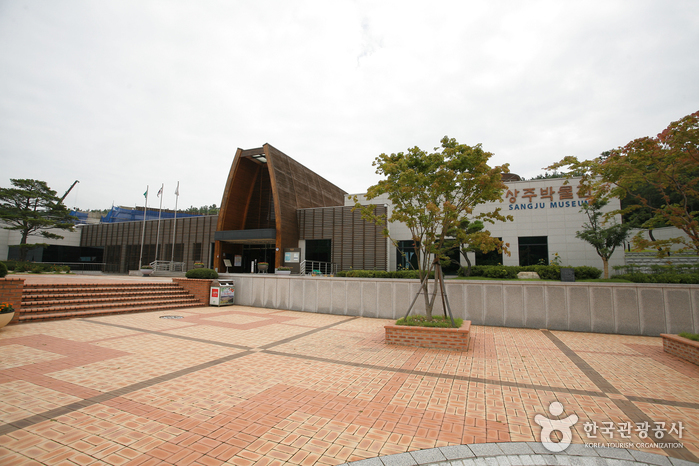
![Songgangjungsa [Korea Quality] / 송강정사 [한국관광 품질인증]](http://tong.visitkorea.or.kr/cms/resource/51/2998951_image2_1.jpg)
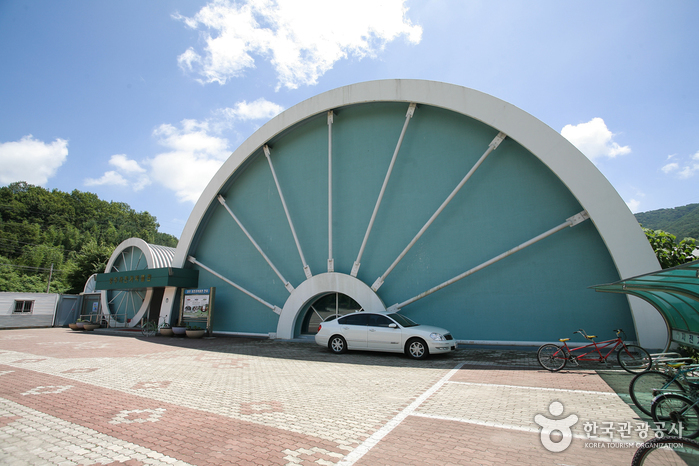
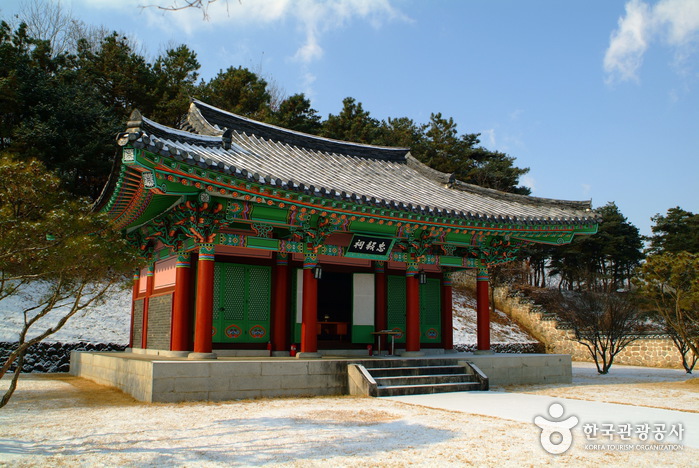

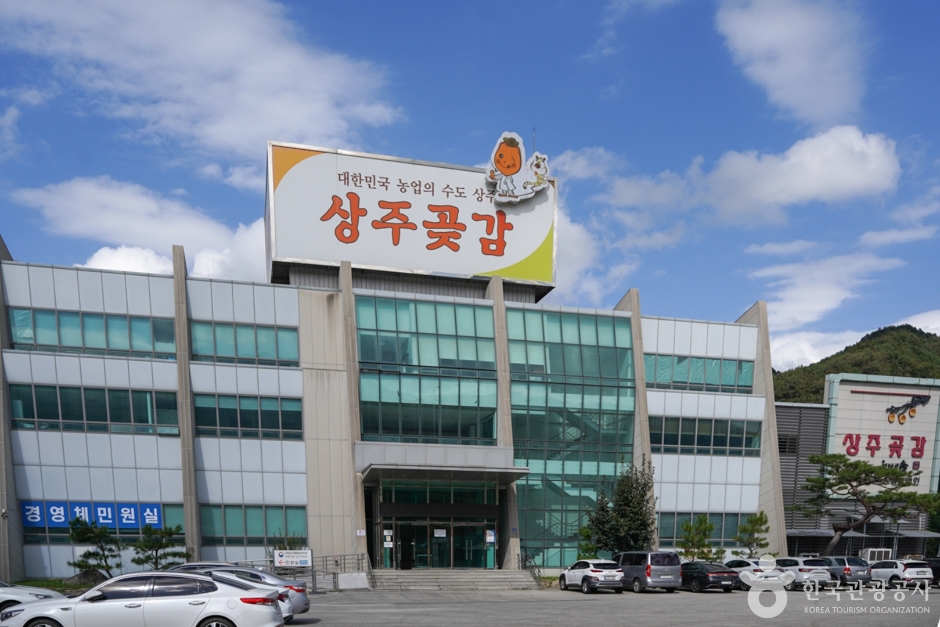
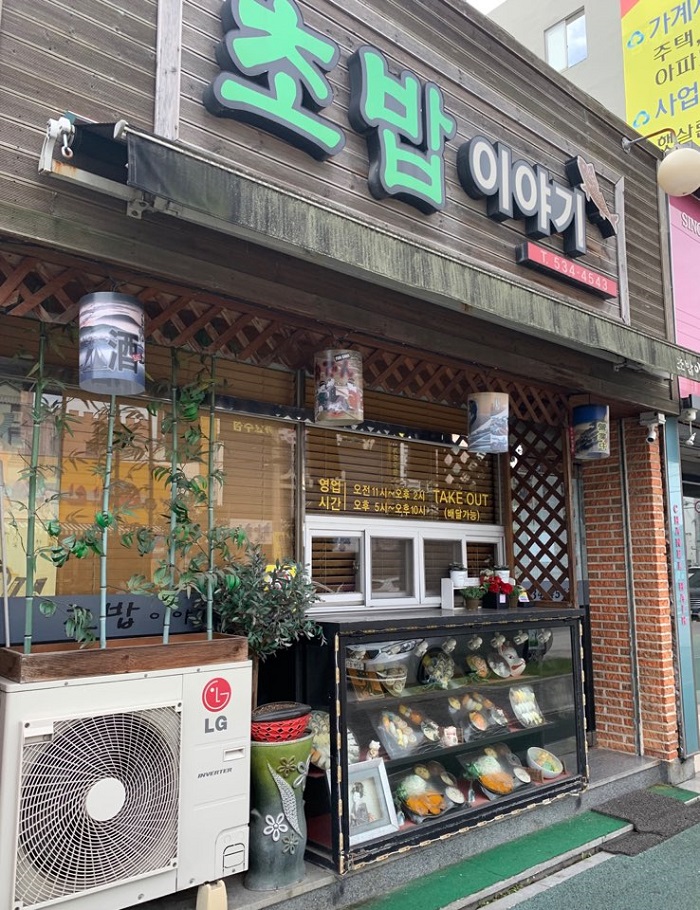
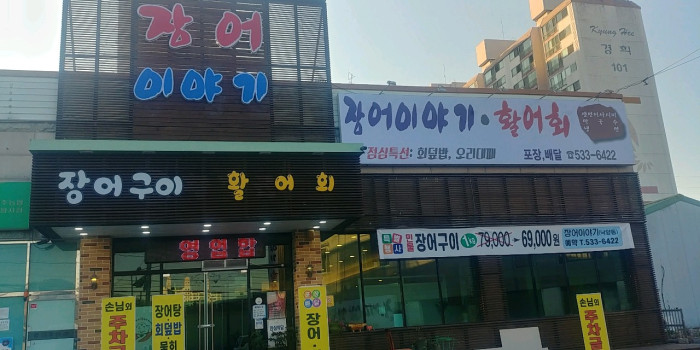

 English
English
 한국어
한국어 日本語
日本語 中文(简体)
中文(简体) Deutsch
Deutsch Français
Français Español
Español Русский
Русский